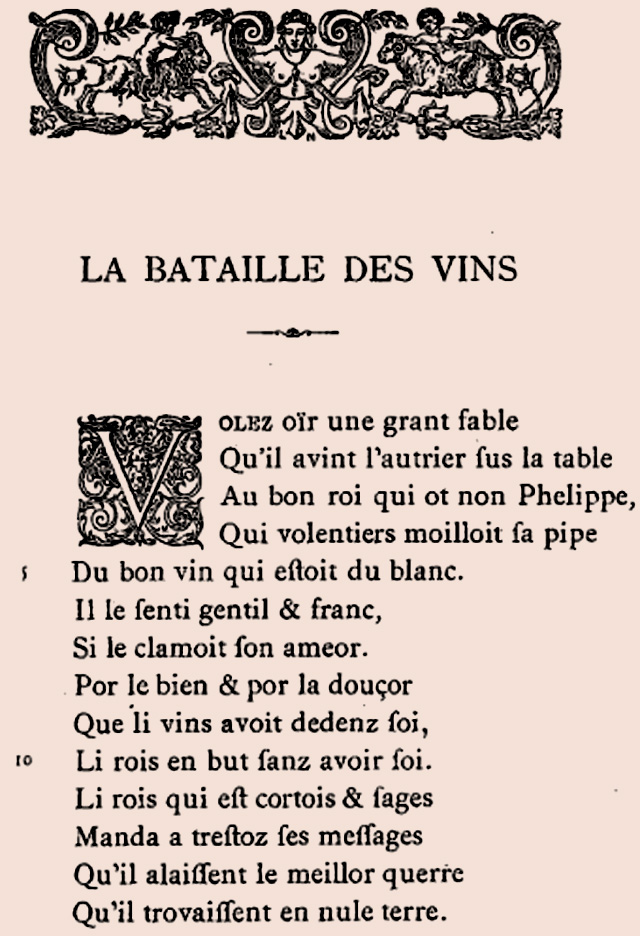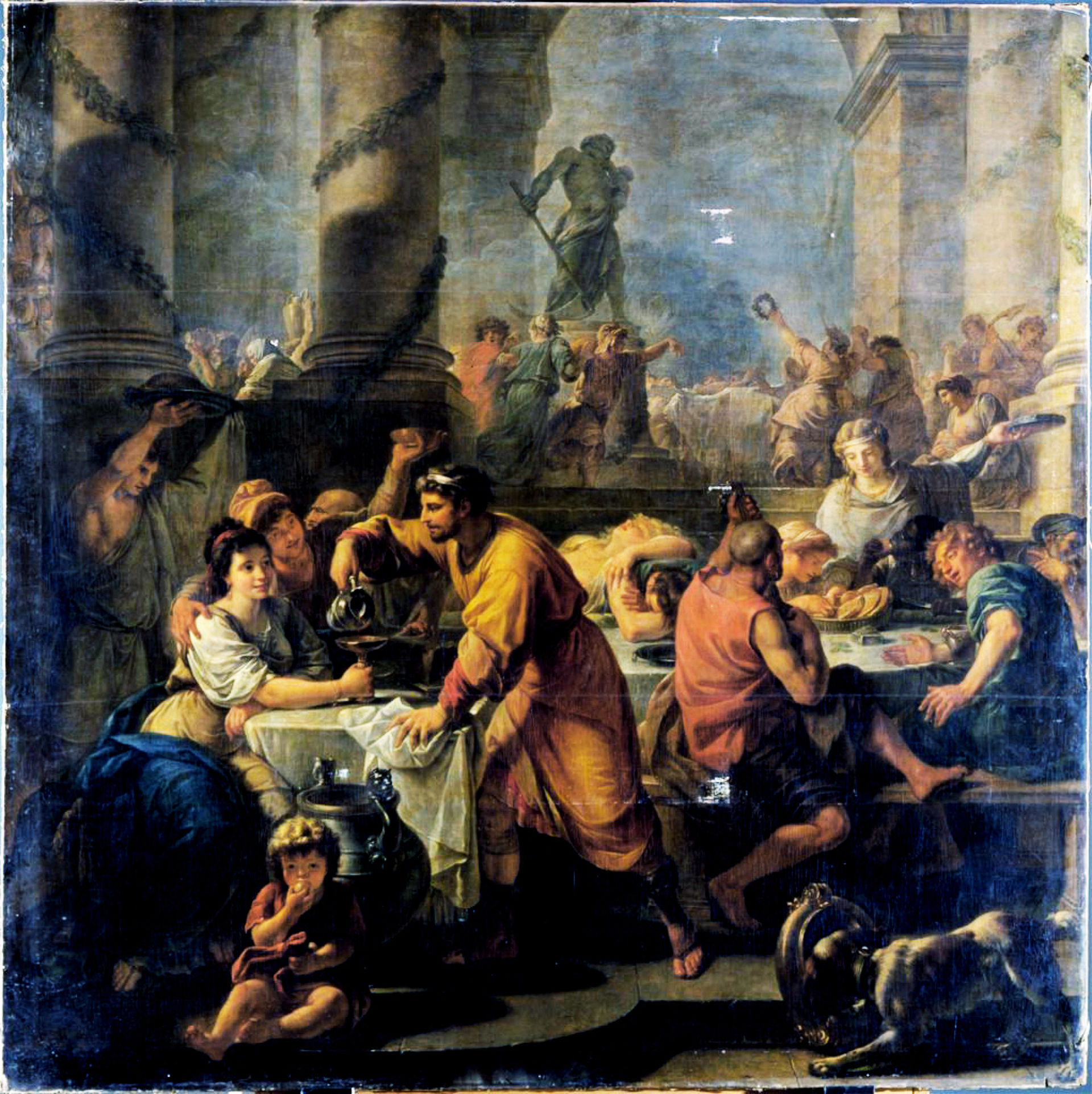March 15th - This Date in Wine History
/Wine has a long established history of being our drink of choice for celebrating, entertaining, and savoring life; but it didn't start out that way. From the invention of the barrel to the designation of the separate viticultural areas, wine has a long and sorted history. In our daily feature "This Date In Wine History," we share an event of critical importance in wine history.
Jan Fijt, a Flemish Baroque painter known for creepy still life of hunting dogs and dead game but also responsible for beautiful flower paintings and food still lifes such as A Lobster in a Porcelain Dish was born in 1611.
Theodore de Mayerne, a Swiss physician who cared for Henri IV of France, James I, Charles I and Charles II of England died in 1655 from an excess of drinking of bad wine.
John Snow, the father of modern epidemiology, anaesthesia and hygiene who proved that the cholera outbreak in London in 1854 was associated with one water pump was born in 1813. During the 1830s he became a vegetarian and teetotaler until his health deteriorated and returned to meat and wine..
Maine was admitted to the Union in 1820. Vineyards in the State often make fruit, or country wine or with those of cold hard grapes.
In the Parliamentary Debates of March 15, 1824, the Marquis of Lansdowne makes a motion to support the independence of south America by remarking that, “The time was, when Spain had the power to root up the vineyards of Mexico, that the inhabitants might rely on the mother country for wine“
Beware the Ides of March! Try drinking wines from Lazio, the region surrounding Rome, Greek wines that were said to be Caesar’s favorites and Beaujolais from the village of Juliénas which was named for him.





















